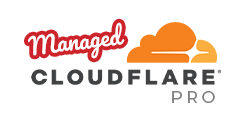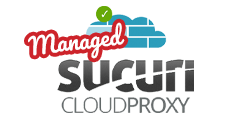Guaranteeing Remote Access Availability and Security
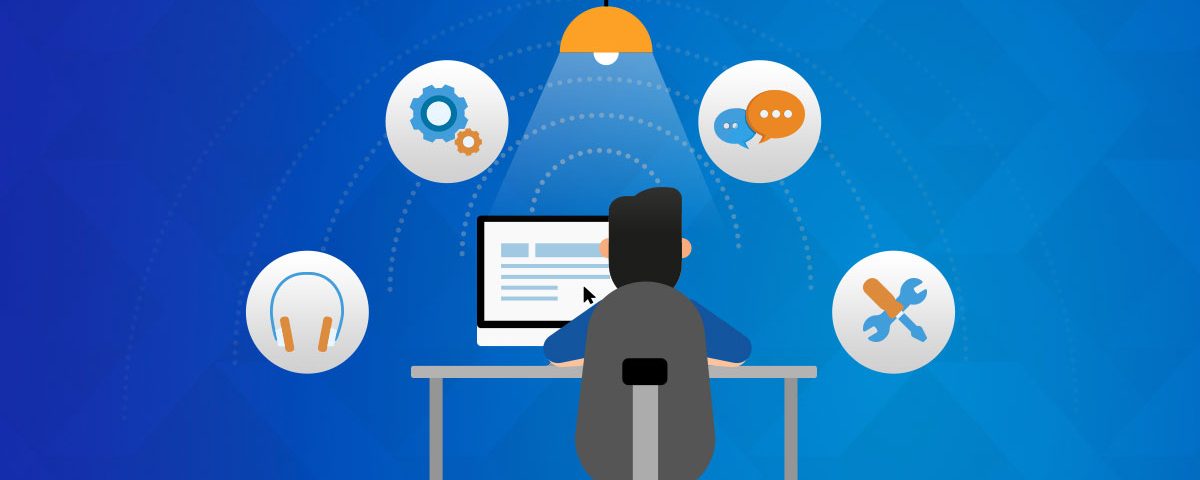
A global pandemic named COVID-19 has greatly affected our lives in all perspectives. New norms like work from home, social distancing, and home quarantine have raged into our lives and changed our practices; we meet less individuals, go out less, and maintain a strategic distance from face to face gatherings.
Market and Behavior
These lifestyle changes are affecting our online conduct; our utilization of video streaming (Netflix, YouTube), web based games, e-learning, internet business and remote-work has spiked more than ever. Concerning remote work, organizations around the globe have commanded telecommute strategies, which means a huge number of laborers are not going to the workplaces and are staying at home. All things considered, the utilization of SSL-VPN and remote work area convention has gone up by 30% – 40%, channeling the size of work-from-home use. Remote access has become the most huge IT asset out there, and we should guarantee its accessibility or, it can cause the organization’s as well as employee’s productivity and efficiency at a huge risk.
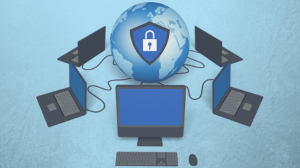
With such a huge number of individuals interfacing remotely, worldwide web traffic is rising exponentially. For instance, since the beginning of COVID-19, U.S. traffic is up 40% and in some European nations, similar to the UK and Italy, traffic has generally multiplied. Comparable patterns are likewise happening over the Asia/Pacific district.
Manageability, Visibility and Continuity
Indeed, COVID-19 has accelerated and emphasized the importance of the digital transformation that many organizations are making. We see an ever increasing number of applications changing to the cloud, carrying complexities with them; out of nowhere, applications are dispersed over different situations, each with its own interface, set of tools and delivery methods. This influences numerous personas inside the association, as they have to adapt new arrangements with variations per cloud environment to convey a reliable service.
Security
Hackers are adjusting to this new norm with vicious aims. We have witnessed an ever increasing number of attacks, as far as recurrence and frequency in their volume and modernity.
- Increased threat surface – If the entire (or the greater part of the) workforce is remotely associating into the undertaking utilizing a VPN or remote work area arrangement, a DDoS attack could carry the entire business to a crushing end.
- More load on the internet and cloud infrastructures – With such a significant number of increasingly telecommuters and individuals in quarantine devouring advanced digital content, steering the result to inaccessibility of administrations requires considerably less exertion than previously.
- Last but not least, we’re seeing an increase in malicious activity like phishing, ransomware and all sorts of scams utilizing the COVID-19 situation, including bad bots for information burglary, disapproval of stock, account inaccessibility, misrepresentation and DDoS attacks.

A valid example: We saw 1.8 times the quantity of DDoS attacks in April compared with March, and 3.9 times in all out attack volume. In web application attacks, we blocked in excess of 80 million attacks in April alone.
Four Takeaways
Per the key points talked about above, there are four primary takeaways for organizations concentrating on their IT surroundings during this difficult period:
- Empower limit development
You have to guarantee an adequate limit with respect to remote access, so you have to scale that foundation.
- Guarantee remote access accessibility
Remote access has become the most significant IT framework, controlling the whole workforce’s profitability, so this foundation must be accessible consistently. Excess associations, repetitive firewalls, SSL VPN — these frameworks must be up consistently.
- Ensure remote access foundation and applications
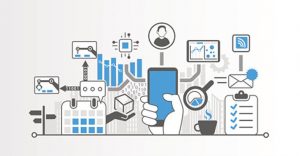
As remote access turned into the most business-basic resource, it is additionally the most critical objective for hackers. Therefore, security of this framework is absolutely essential, particularly against DDoS attacks, or any other attack that aims at the accessibility of this asset.
- Secure cloud environments
As we move more and more applications to the open cloud, it’s important to put the right security controls in place and secure this environment.

